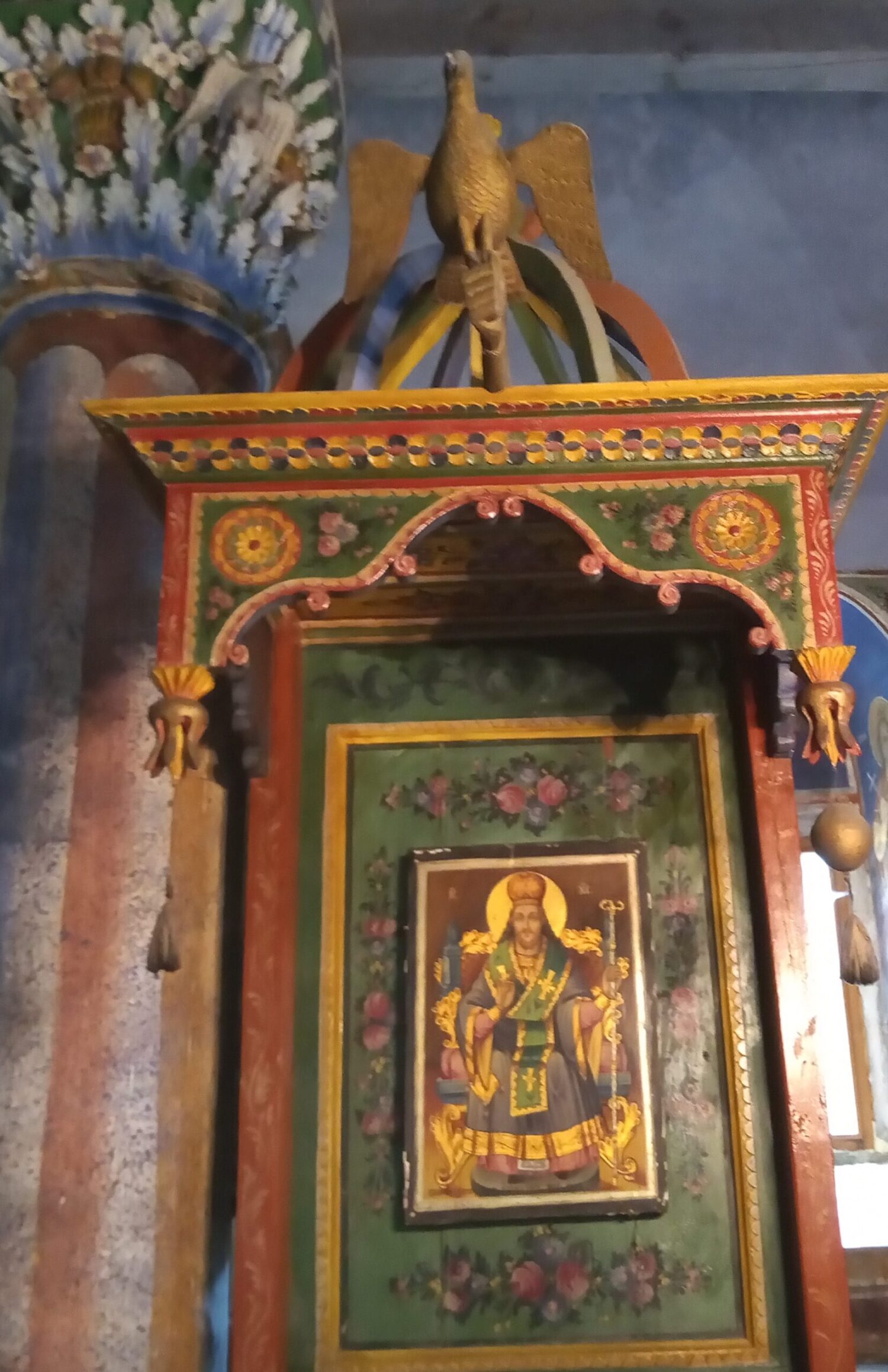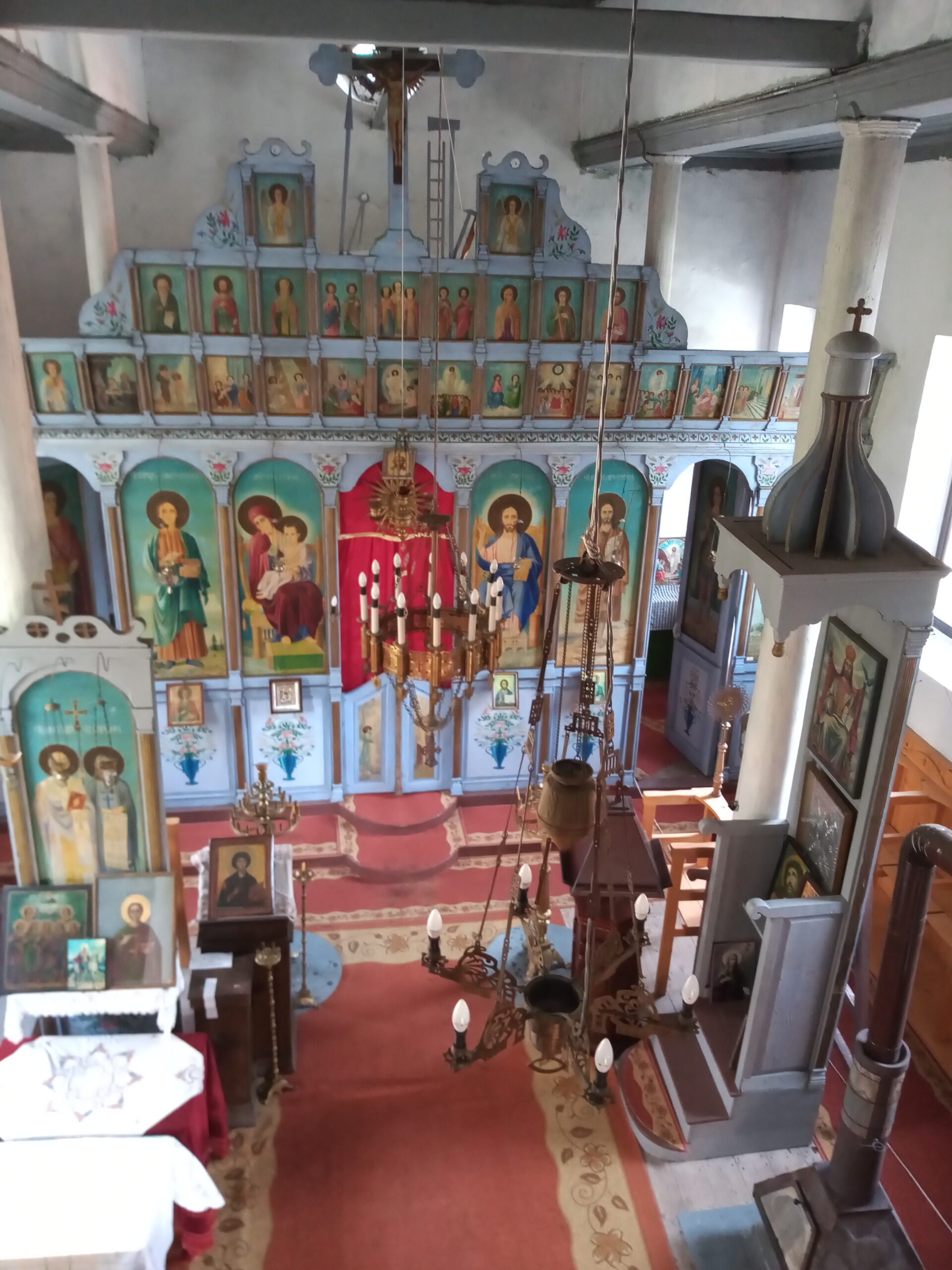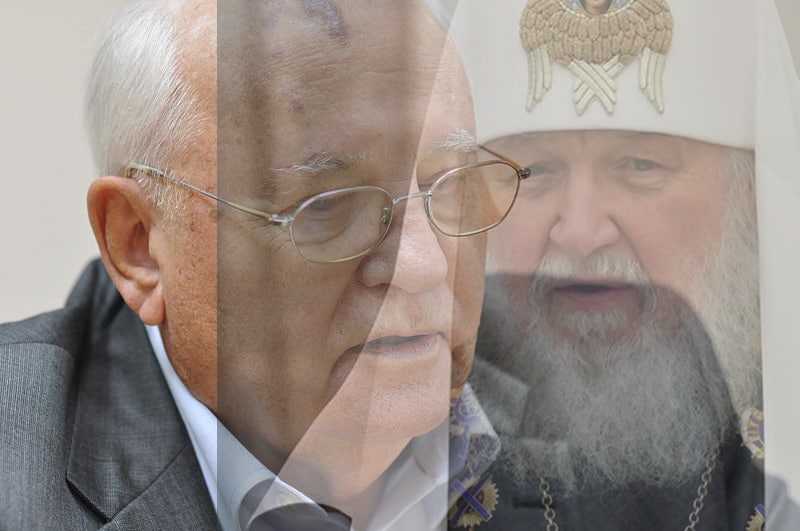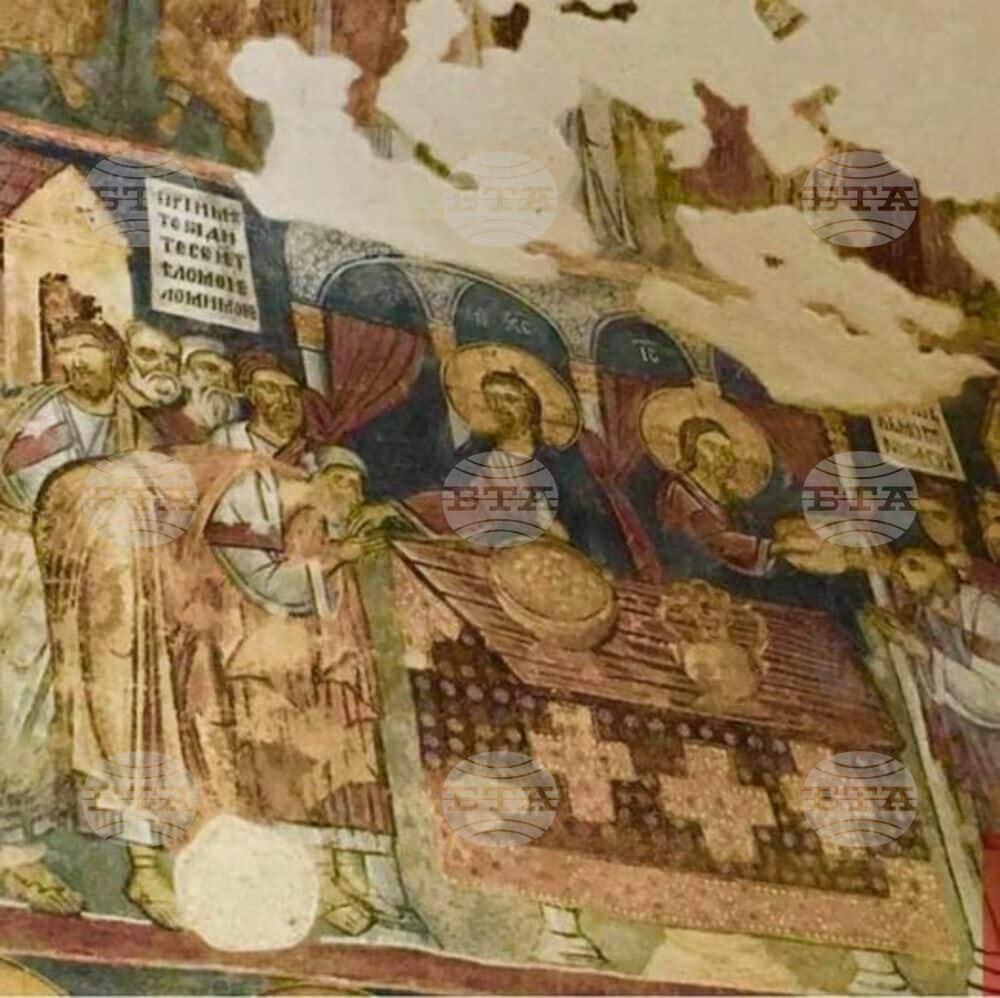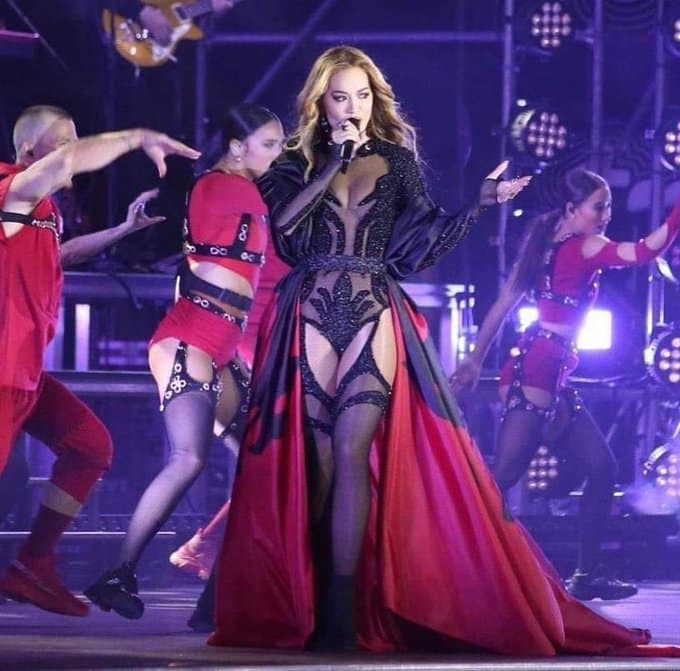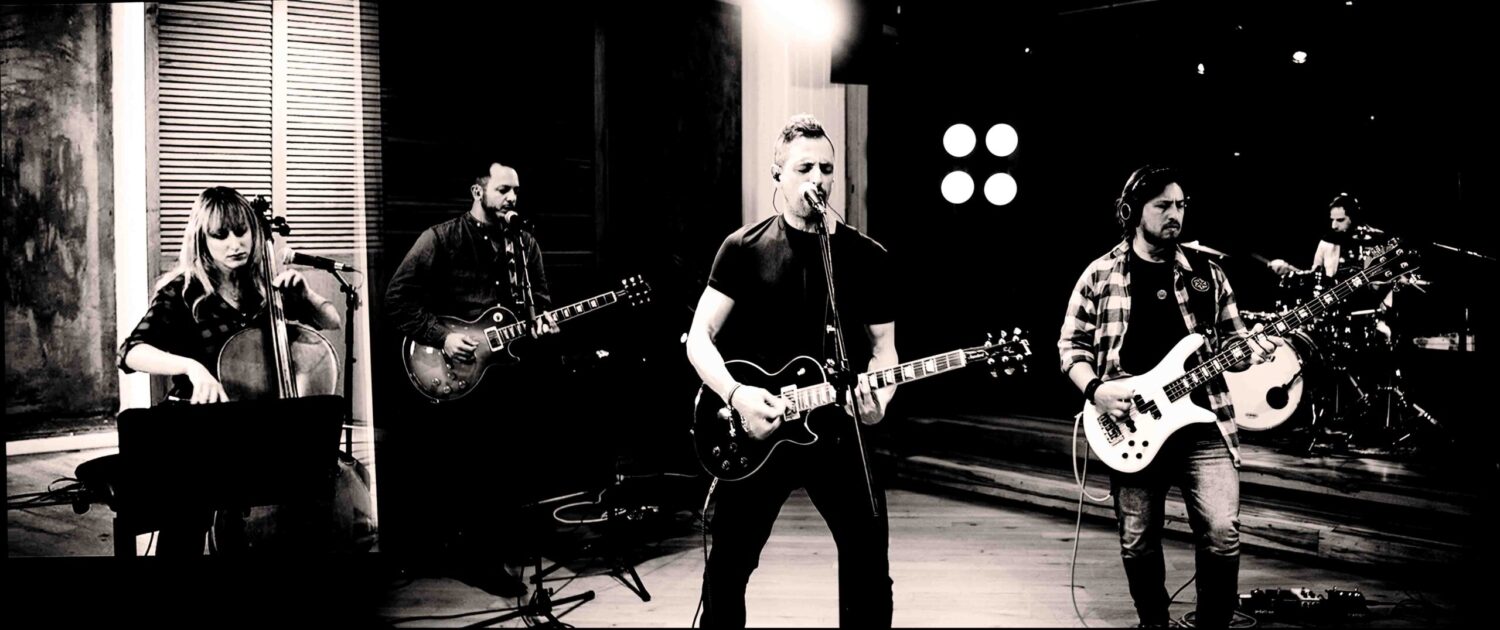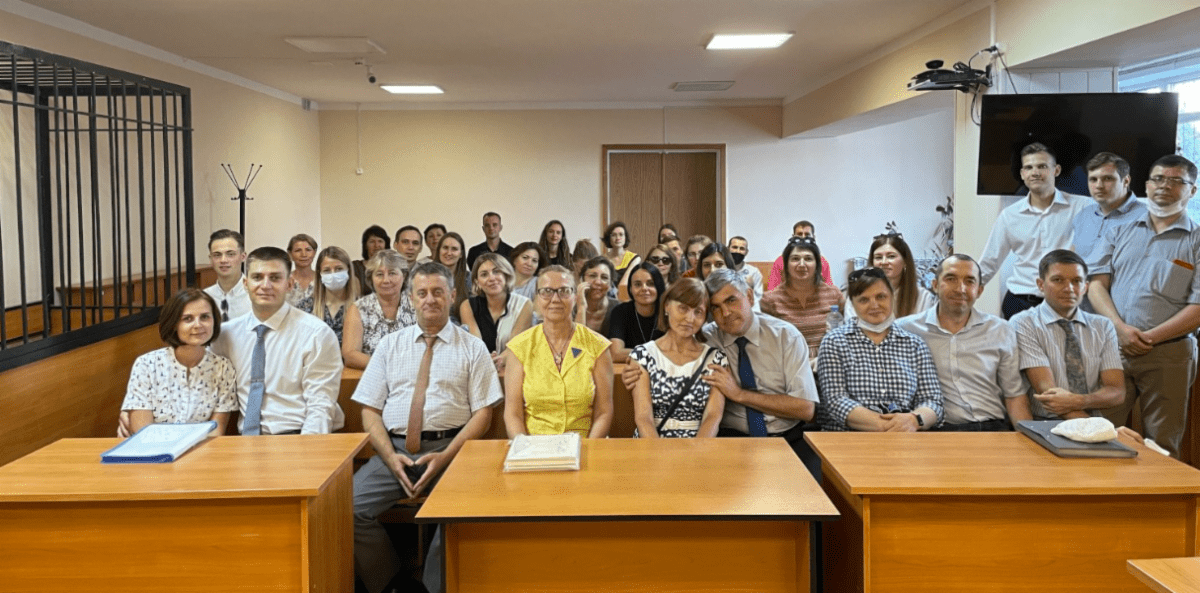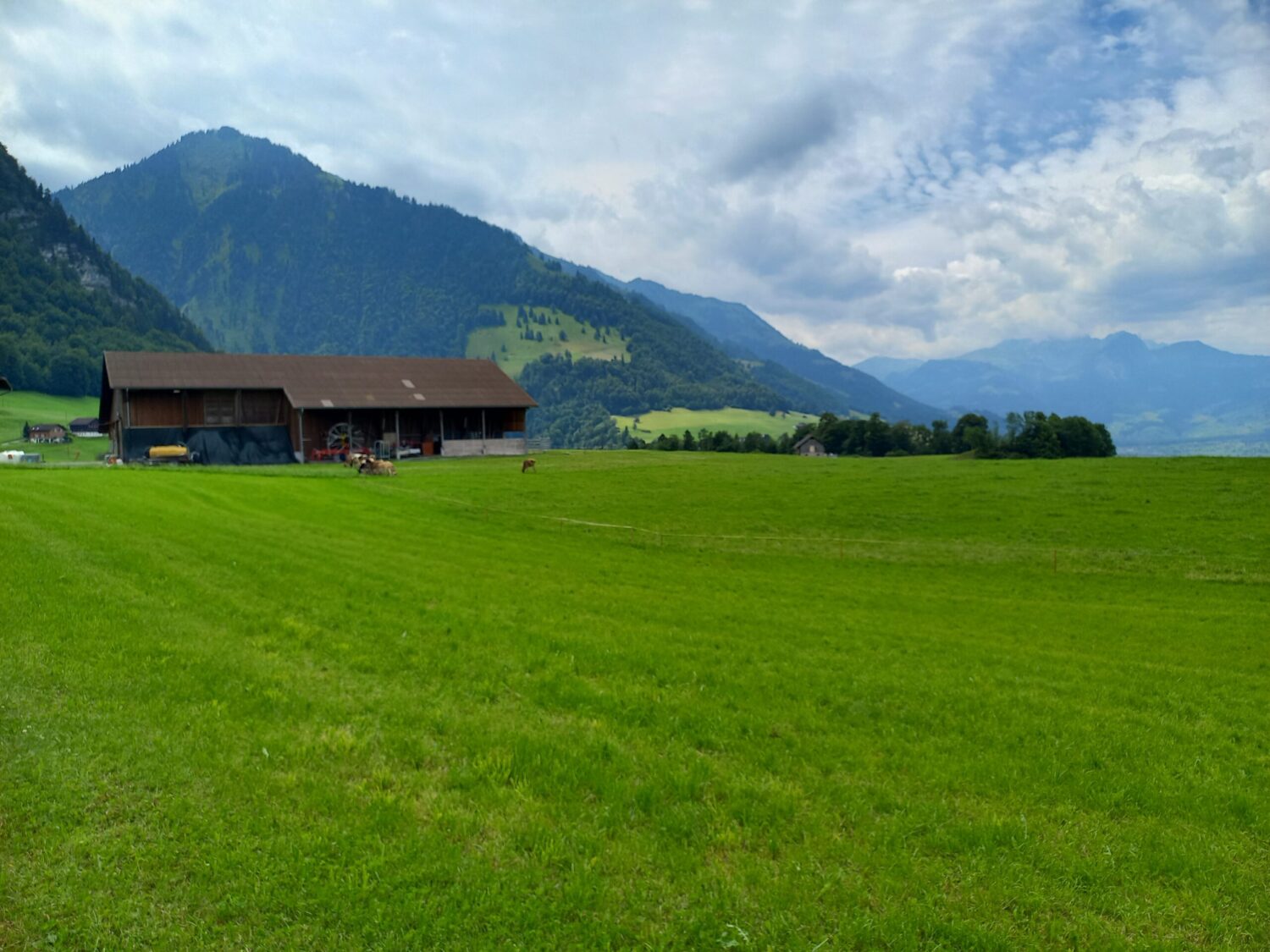The Paradoxes of Russian Cultural Development – Maximalism –
Culture is related to the sense of measure – to the sense of one’s own limit. Even the ancient Greeks, the creators of one of the world’s greatest cultures, in a certain sense the mother of our modern culture, placed the concept of μέτριος – an adjective meaning exactly measure, harmony,[1] and therefore the natural limitation of all perfection. And measure implies order, structure, structure, form, correspondence of form and content, completeness and completeness. It is obvious that the artists in this cultural tradition understood that the most difficult thing in creativity is precisely in self-limitation, in the recognition of one’s own limit and in a kind of humility before it.
At the same time, one of the paradoxes of Russian culture consists in the fact that, from the very beginning, its most important component turned out to be a kind of denial of precisely this μέτριος – that kind of pathos of maximalism, which seeks to eliminate both measure and on the border. The paradox of this feature lies in the fact that the pathos of maximalism is inherent precisely in Russian culture itself. Both earlier and outside of Russia, maximalism, fanaticism, the denial of culture in the name of whatever values, very often led to the destruction of cultural values, but this was clearly a manifestation of something outside of culture, of the anti-cultural. In our country – and this is exactly the paradox – the feeling of this, this urge was inherent in the very bearers of culture, its creators. And this has brought and brings a particular polarization within the culture itself, making it fragile and often controversial – even, in a literal sense, ghostly.
The sources of this maximalism must be sought in Ancient Russia’s perception of Byzantine Christianity. Hundreds of books have been written about the meaning and significance of this fundamental fact of Russian history; in one way or another, he has always stood at the center of Russian disputes and searches. Its special significance for the destinies of Russian culture makes us turn to it again and again.
We will dwell on only one of the sides of this phenomenon, which will help us to explain the constant tension in Russian cultural self-consciousness – its constant turning to some truly explosive maximalism. There are many Russian historians who note the relatively easy acceptance of Christianity by Russia, in its Byzantine guise. Much less often, however, attention is paid to the fact that, in the process of this acceptance, far from everything included in the concept of Christian Byzantinism was assimilated.
The fundamental difference between the “Byzantine and Russian versions of Christianity” was that Christian Byzantium was the heir of such a rich and deep Greek culture, while Kievan Rus did not possess such a cultural heritage. For the Byzantine, Christianity was the crowning of a long, complex and infinitely rich history, it was the ecclesiasticalization of an entire world of beauty, thought and culture. Ancient Russia could not have such a cultural memory and such a sense of crowning and completion. Naturally, in this situation, the maximalism inherent in Christianity was perceived differently in Byzantium, on the one hand, and in Russia, on the other.
That Christianity is maximalist is beyond dispute. The entire Gospel is built on the maximalist appeal: Seek first the Kingdom of God,[2] on the offer to throw away everything, deny everything and sacrifice everything – for the sake of the coming, at the end of time, of the Kingdom of God. And it cannot be said that Christian Byzantium somehow “minimized” this appeal, that it softened its decisiveness. However, in the complex system of Christian teaching developed by Byzantium, the maximalism of this teaching is presented in a kind of hierarchy of values, in which they found a place, and thus in a way the values of this world and, first of all, the values of the culture. The whole world was as if covered by the majestic dome of Saint Sophia – Wisdom of God, pouring its light and blessing over all life and over all human culture. However, the dome of the Kiev “Saint Sophia”, built according to the Byzantine pattern and inspiration, had in its own sense nothing to cover and bless – the ancient, just-emerging Kievan Russia did not possess any hierarchy of values, which had to be reconciled with the maximalism of the Gospel. For this complex but also harmonious relationship between culture and Christian maximalism, which is the essence of Christian Byzantium, in Russia, itself, there was neither place nor data, because one of the constituent parts of this relationship was not there. namely, the old, rich and deep culture.
Ancient Russia did not have to experience the long, complex and often particularly painful process of reconciliation of culture with Christianity, of the Christianization of Hellenism and the Hellenization of Christianity – processes that marked five or six centuries of Byzantine history. Ancient Russia had almost no history. Which in turn means that Byzantine Christianity was adopted in Russia both as a faith and as a culture, and that, in this way, the maximalism inherent in the Christian faith turned out to be practically one of the main foundations of its new culture.
Accepting Byzantine Christianity, Russia was not interested either in Plato, or in Aristotle, or in the whole tradition of Hellenism – in anything that remained a living and vital reality for Christian Byzantium. Ancient Russia did not give a single particle of its soul, its attention and its interest to Byzantine culture. Historians emphasize that, regardless of the abundance of its ecclesiastical and political ties with Constantinople, Russia, with all its soul, aspired not to it, but to Jerusalem and Mount Athos. To Jerusalem, as a place of the real history of Christ – of His humiliation and His sufferings, and to Athos, to the monastic mountain – as a place of a real Christian feat. That the image of the evangelical – the crucified and humiliated Christ, together with the image of the hero-monk, with the image of the ascetic – pierced the Russian self-consciousness much more than all the subtleties of Byzantine dogmatics and all the splendor of the Byzantine ecclesiastical-cultural world. In a truly amazing way, Russian Christianity began without its school and school tradition, and Russian culture somehow at the time turned out to be centered in the temple and in worship.
Of course, the Russian Christian culture also began to be created. It is one thing, however, when the temple was built in the center of the ancient – fertilized by culture – Greek city, in which one of its tasks turned out to be the joining of culture with Christianity, in the Christianization of this culture, and quite another when this same temple was showed everything: both faith and culture. And that’s exactly what happened in Russia. Its culture, its true culture, turned out to be concentrated in the temple, where the essence of this culture became, so to speak, self-reproach, the appeal to that maximalism which requires renunciation of the world. And all that is true, all that is beautiful and great in ancient Russian culture is, at the same time, a call to escape, to renounce, to liberate yourself. Or, if you don’t run away, to give your strength to the construction of one last, perfect, completely aimed at heaven and living through heaven, “kingdom”, in which everything without a residue will be subordinated to the one necessary.
This is how maximalism has become the fate of both Russian culture and Russian cultural self-consciousness. Not only in the past, but also later, when the immediate connection between Christianity and culture was broken, he was least of all inspired by culture as a measure, as a limit, and as a form. In a certain sense, it can even be said that in our country – in Russia – the very concept of culture did not arise, was not formed: for culture as a collection of knowledge, of values, monuments and ideas – a collection that is passed down from generation to generation per generation, for preservation and reproduction, but also as a measure of creativity. Because Christian culture, which found its expression in the temple, in worship and in everyday life, by its very nature turned out to be foreign to the idea of development and creativity, because it became sacred and static, excluding doubt and search; and in our country there was no other culture than this.
And that is why here too, every creativity, every search and change was felt as a rebellion, almost as sacrilege and anarchy, and thus the essence of culture was never understood as creative continuity. [Each creator turned out to be a revolutionary as well – he could create and create something fundamentally new, only on ruins, refusing to allow any development, any revision of what he had built.]
Such are the sources of maximalism – as a denial of measure and limit – that we so often have to face in the complex dialectic of Russian cultural self-consciousness. And this maximalism was not able to be eradicated even by Peter’s cultural reform, which brought Russia so sharply to the Western cultural tradition. And here, too, we can speak of a significant paradox: that one of the derivatives of this incorporation into Western culture – the great Russian literature of the 19th century – has turned out to be the factor for the West that explodes precisely the measure and limitations of Western culture from within, that she had introduced into her the explosive substance of such a search, of such insights and tension, which undermined her slender and measured edifice.
The famous words about the Russian boy who – having received a map of the starry sky – half an hour later returned it corrected,[3] are not devoid of deep justice. The Russians after Peter turned out to be amazing students. In less than a century, all the techniques of Western culture were assimilated by Russia. But the students, after learning, naturally and almost unconsciously returned to what had been instilled in them from the beginning, namely, to that maximalism, which in the West had been almost completely neutralized by centuries of mental and social discipline.
And this applies, albeit differently, to all three layers of Russian culture, to the three cultural groups that we talked about in our previous talk[4] – both in folk culture and in what we called technical-pragmatic, and, finally, in the Derzhavin-Pushkin-Gogol culture – this gradual accumulation of explosive maximalism is visible everywhere, as well as the feeling of the impossibility of being satisfied with culture alone; perhaps, because of the absence in it of the habits and methods that allow solving the questions that arise before the person. And this, in turn, leads us to the second paradox of Russian cultural self-awareness – the inherent minimalism that opposes the maximalism we talked about today.
Minimalism
In our previous talk about the foundations of Russian culture, we talked about maximalism – as one of the characteristic properties and even paradoxes of Russian cultural development. We associate this maximalism with the Byzantine-Christian sources of Russian culture, which gave it the aspiration to reach moral-religious perfection and left in the shadow, – somewhere on a secondary plan – the awareness of the need for everyday, planned and always inevitably limited cultural work. But as is well known, maximalism is almost always quite easily associated with minimalism. If someone wants too much, everything, the unattainable, such relatively easily, in the impossibility of achieving this everything, resigns himself to nothing. The “few” – “at least the few” – seem to him unnecessary, half-hearted, unworthy of his interest and efforts. [So, to a certain extent, it also happened in Russian cultural development, and historians and critics of Russian culture often point to this feature in our national image – of “all or nothing”; it—this trait—has also often served as one of the subjects of fiction.]
One hundred percent in affirmations leads to one hundred percent in negations, and this polarization can be traced here in the entire development of our national self-consciousness. Thus, for example, the history of the state and cultural creation of Muscovite Russia is matched and opposed by the history of its constant “dilution” from within by negation, by flight, by rejection. When, in the second half of the 15th century, the Muscovite state-national self-awareness was formed, it was immediately clothed in the extreme maximalist ideology of the Third Rome – the only, the last, purely Orthodox Kingdom, after which “there will be no fourth”.[5]
But this maximalist self-affirmation and self-exaltation – at the same time – was also accompanied by a kind of cultural nihilism. Particularly characteristic from this point of view was the so-called heresy of the Jews,[6] which in fact conquered almost the entire upper part of Moscow society at that time. Striking in this fascination was the ease of breaking with native tradition and an insistent, almost passionate desire to sever ties with all the usual criteria of faith, thought and culture, and to reincarnate into something completely opposite to them. The Novgorod and Moscow proto-popes – the color and support of the then educated stratum – secretly changed their Russian names to Hebrew-biblical ones, thereby denying in a certain sense their own personalities.
In reality, this was an unprecedented and mysterious phenomenon, but it is relatively easily explained by one of the peculiarities of Russian culture – with the recurring desire in it to get out of history and “action” or, in any case, to reduce one’s own our activity to the minimum – because of some otherworldly ideal, which in history, in our earthly life, in our “activity”, anyway, is something unrealizable. This minimalism of Russian cultural development is manifested, above all, in the stubborn resistance to any changes and to the very idea of reform, improvement and development. In what was written by Nil Sorski[7] – the head of the movement of non-appropriators, who protested not only against any “appropriation” [8] – of the Church, the monasteries and the clergy, but also against the very idea of any historical responsibility, for whatever one’s own work in history – there is also a peculiar flavor of anarchism, anti-historicism and quietism.
(to be continued)
Source: Schmemann, A. “Paradoxes of Russian cultural development” – In: Yearbook of the House of Russian Foreign Countries named after Alexandra Solzhenitsyn, M.: “Русский Пут” 2012, pp. 247-260 (in Russian).
Notes:
[1] Literally moderate, restrained, proportionate; from μετρον – measure (note trans.).
[2] Matt. 6:33 (trans. note).
[3] The words of Alyosha Karamazov are meant (see: The Brothers Karamazov, part 4, book 10, chapter 6): “… Not long ago I read the review of an overseas German living in Russia, about our today’s learning youth, who says: “Show a Russian student a map of the starry sky, of which he had no idea until then, and he will return it to you tomorrow all corrected.” No knowledge and unselfish conceit – this is what the German wanted to say about the Russian student” (See: Dostoevsky, F. M. Polnoe sabrany sochinenii, item 14, p. 502).
[4] Namely, in the third, but the first preserved, of the entire series of talks by Father Alexander, Basics of Russian Culture: “Culture in Russian Self-Consciousness” [“Culture in Russian Self-Consciousness”] – In: Ezhegodnik…, pp. 242-247 (note trans.).
[5] We are talking about the ideologeme “Moscow – Third Rome”, which was proposed by the elder Philotei (c. 1465 – 1542) of the “Pskov-Eleazar Monastery” and which was shaped in the form of a letter to the Grand Prince of Moscow Vasiliy Ivanovich and to the royal secretary M. G. Munekhin thus: “Preserve and take care, pious king, that all the Christian kingdoms may gather in one kingdom of yours, because the two Romes have fallen, and the third stands; and there will not be a fourth” (For the entire text, see: “The message of the elder Philofey to the great prince Vasiliy” – In: Pamyatniki literatury Drevnei Rusi, item 6: End of the XV – first half of the XVI century, M. 1984, p. 441) .
[6] The heresy of the “Jews” is a religious movement that arose in the second half of the 15th century among the Russian clergy and high society in the most cultural centers of Russia – Novgorod, Pskov, Kyiv and Moscow. The heresy was a mixture of Judaism and Christianity, it denied the dogma of the Trinity, of the Divinity of Jesus Christ and the Redemption, it preferred the Old Testament to the New, it rejected the creations of the Holy Fathers, the veneration of relics, of holy icons, etc. Follows to note also that the question of the essence of this heresy belongs to the darkest problems in the history of Russian sectarianism, since its characterization was necessarily carried out with the help of denouncing words; words biased towards her and having no precise idea of the nature of the doctrine which had to be denounced.
[7] Nil Sorsky (in the world – Nikolay Maikov; 1433-1508) was the founder and head of “non-proprietaryism” in Russia – an opponent of church land ownership at the council of 1503 in Moscow and a supporter of the reform of monasteries on the beginnings of the Scythian life and the personal work of the monastics. He also develops the idea of ”smart work” – the special kind of prayerful contemplation, also known as hesychasm. The general direction of Nil Sorsky’s thought is strictly ascetic, calling mainly for inner spiritual asceticism, which distinguishes him from the concepts of asceticism among the overwhelming majority of Russian monks of that time.
[8] That is to say – the pursuit of profit, i.e. self-interest.



